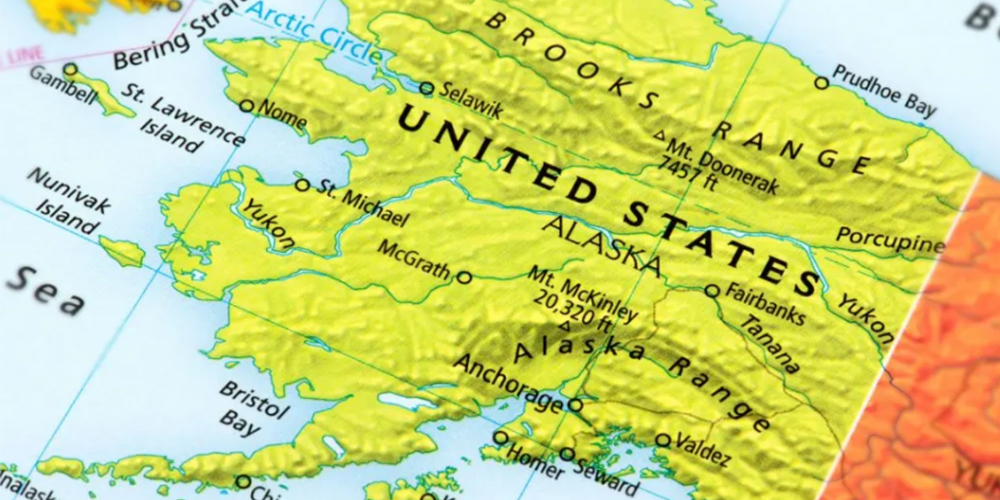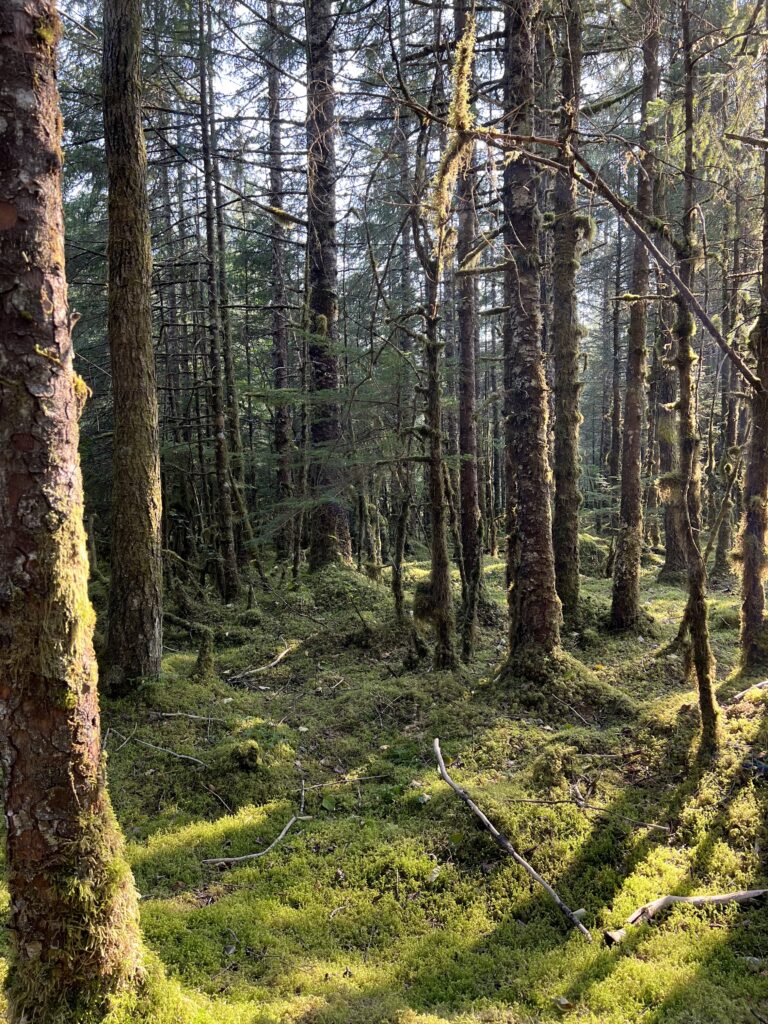
The Challenges of an Extreme Climate
Alaska’s climate is a case study in extremes. With frigid winters, where temperatures can plummet to well below freezing, and summers marked by very long daylight hours, it’s a challenging environment for plant life. But nature has a way of adapting, and Alaska’s native flora have done just that.
Here is a list of some of Alaska’s native plants and trees:
1. Sitka Spruce (Picea sitchensis): This towering evergreen is the state tree of Alaska and a dominant species in its coastal rainforests. With its straight trunk and slender branches, the Sitka spruce is vital to the state’s timber industry and provides essential habitat for birds and other wildlife. My son said that the bark reminded him of kettle chips. It was used to build propellers in World War 2, and it was also used to build guitars because it provides good acoustic sound.
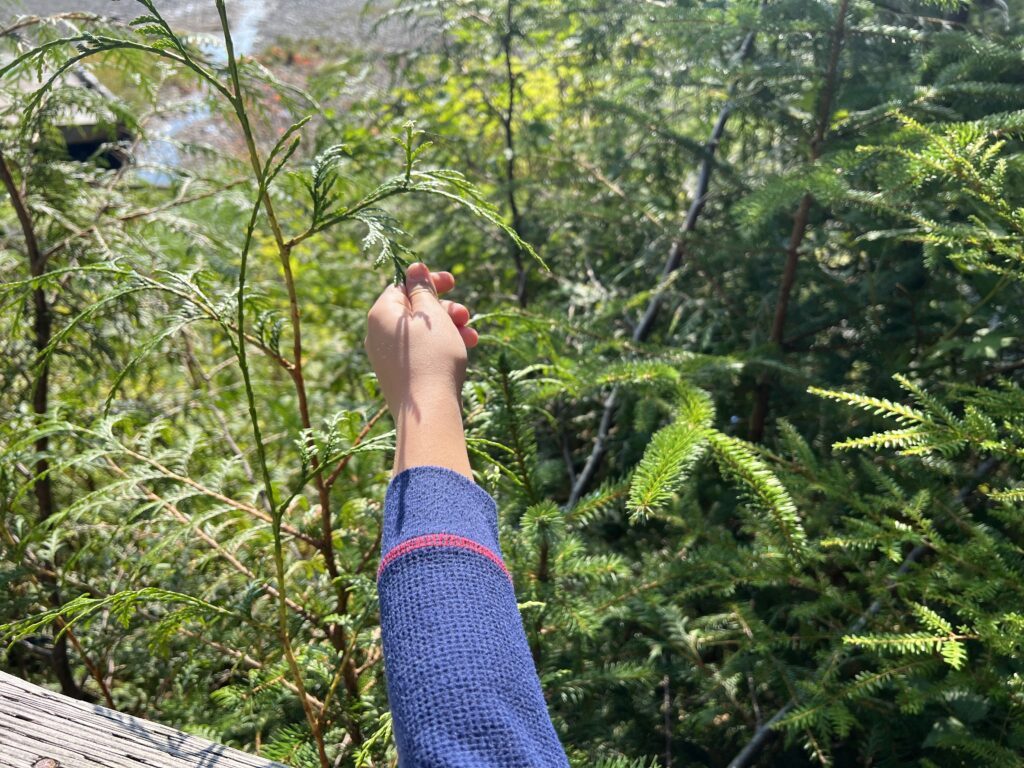
2. Alaska Blueberry (Vaccinium alaskaense): Found in the cool, damp forests of Alaska, the Alaska blueberry is a delectable treat for both humans and wildlife. Its delicious berries are enjoyed by bears, birds, and people alike.
3. Fireweed (Chamerion angustifolium): Known for its striking pinkish-purple blooms, fireweed is a hardy and resilient plant that thrives in disturbed areas, including areas recovering from wildfires.
4. Labrador Tea (Rhododendron tomentosum): This hardy shrub is well-suited to the acidic soils of Alaska. Traditionally used by indigenous people for its medicinal properties, Labrador tea is an essential part of the state’s natural pharmacopeia.
5. Western Hemlock (Tsuga heterophylla): Also known as the Alaska Spruce, these towering trees are commonly found in temperate rainforests. They are important timber trees, often used for decking and piling.
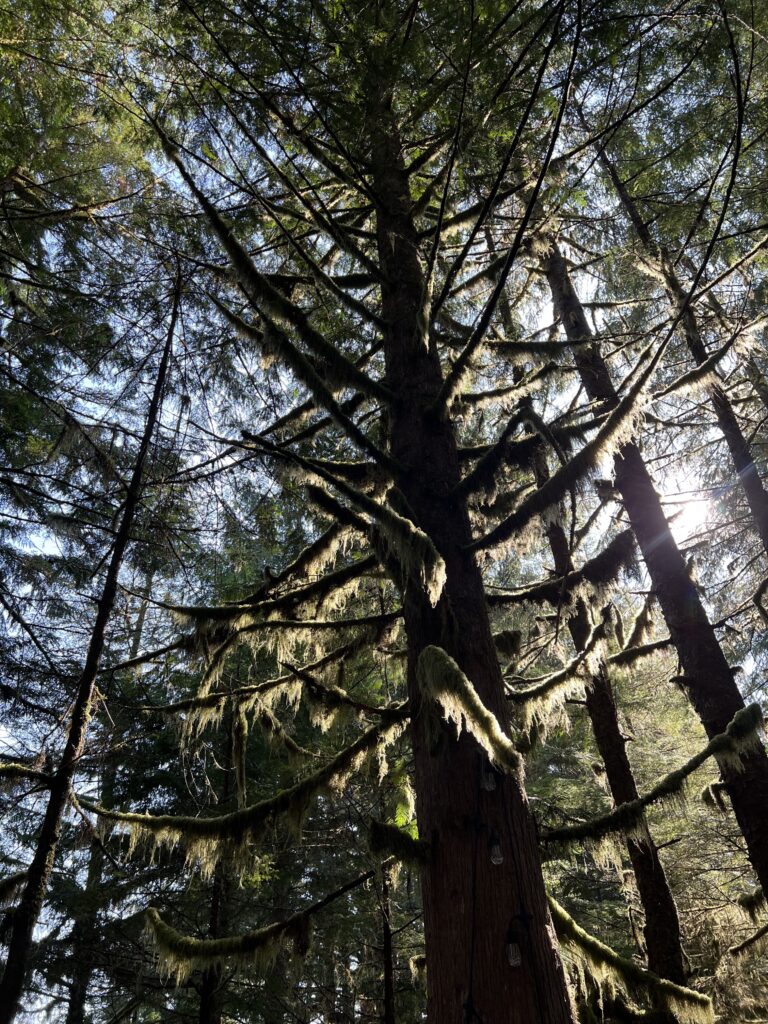
6. Cottonwood (Populus spp.): These deciduous trees are a common sight along Alaska’s rivers and streams. Their tall, slender forms provide valuable habitat for birds and create picturesque groves along waterways.
7. Arctic Willow (Salix arctica): Adapted to harsh Arctic conditions, the Arctic willow is a low-growing shrub that provides essential forage for wildlife in the northern reaches of the state.
8. Devil’s Club (Oplopanax horridus): With its distinctive, spiky stems and large leaves, Devil’s Club is a unique plant found in the temperate rainforests of coastal Alaska. It holds cultural significance for indigenous peoples and is used for traditional medicinal purposes.
9. Alaska State Flower – Forget-Me-Not (Myosotis alpestris): Known for its delicate blue blossoms, the forget-me-not is a symbol of remembrance and love in Alaska. It’s a beautiful addition to gardens and wildflower meadows.
10. Western Red Cedar (Thuja Plicata): This evergreen tree is native to the Pacific Northwest and loved for rich, warm colors. It was used by the earliest inhabitants of Alaska to build canoes.
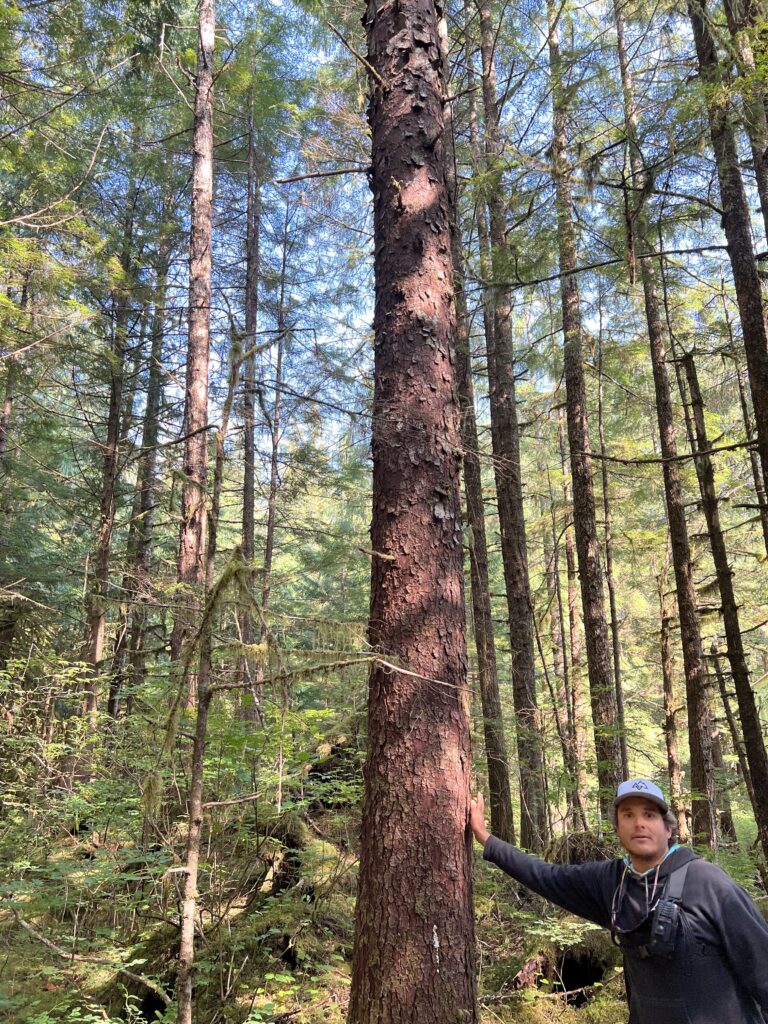
Conservation and Preservation
Alaska’s native plants and trees face threats from climate change, habitat loss, and invasive species. Conservation efforts are underway to protect them. Initiatives include reforestation projects, the establishment of protected areas, and the promotion of sustainable harvesting practices.
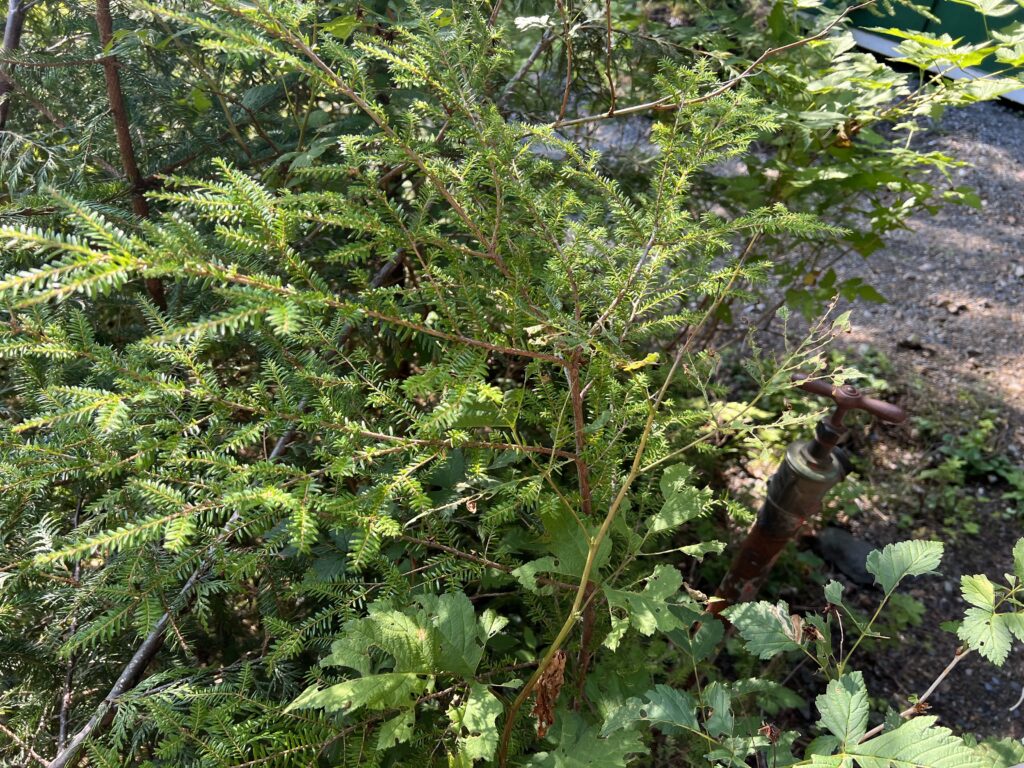
Exploring Alaska’s Flora
For those visiting Alaska, exploring its native plants and trees is a rewarding experience. Guided hikes, botanical gardens, and nature reserves provide opportunities to witness these remarkable species in their natural habitats. It’s not just a journey through nature; it’s a journey through time, as these plants and trees have been essential to the cultures and histories of the people who have called Alaska home for generations.
